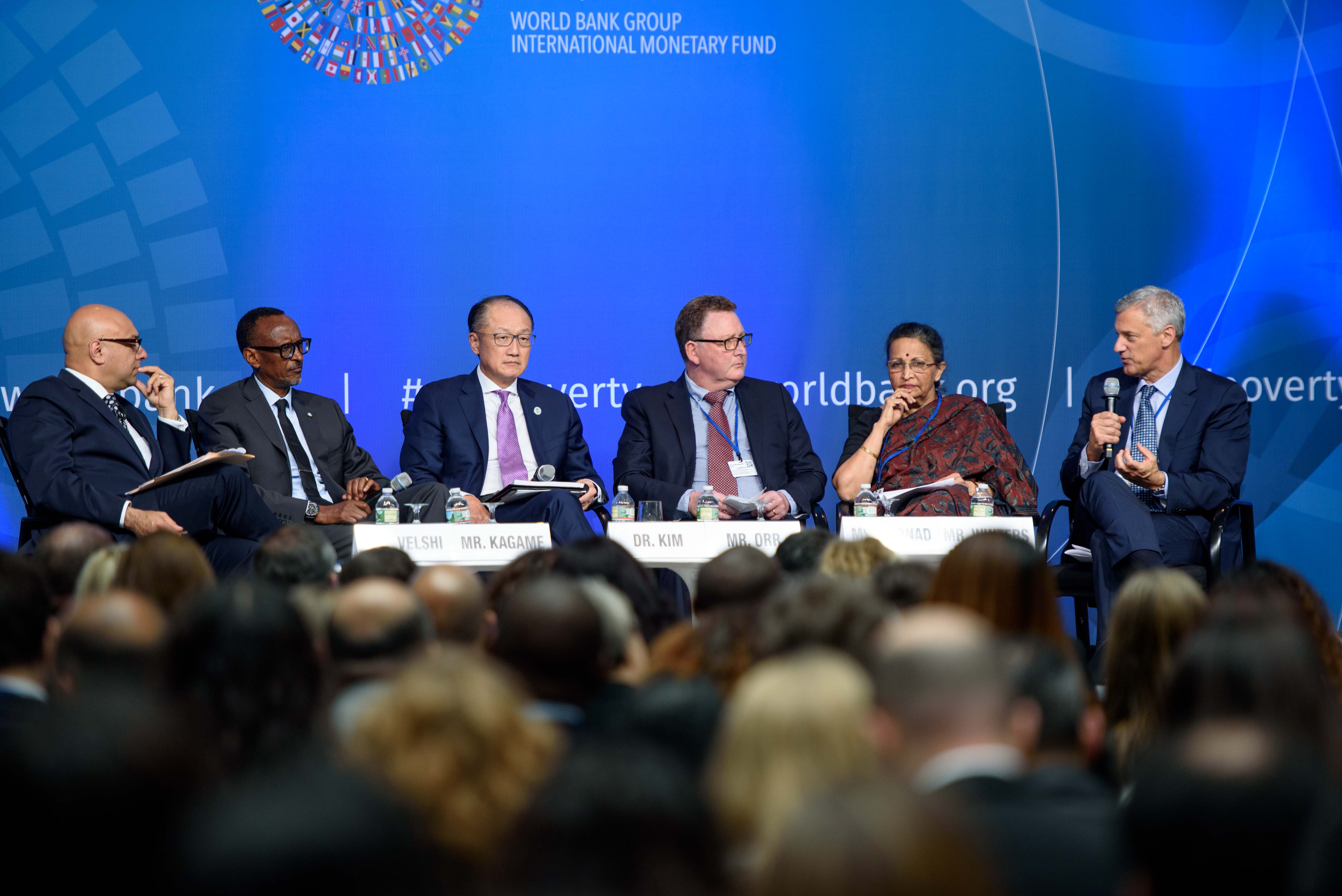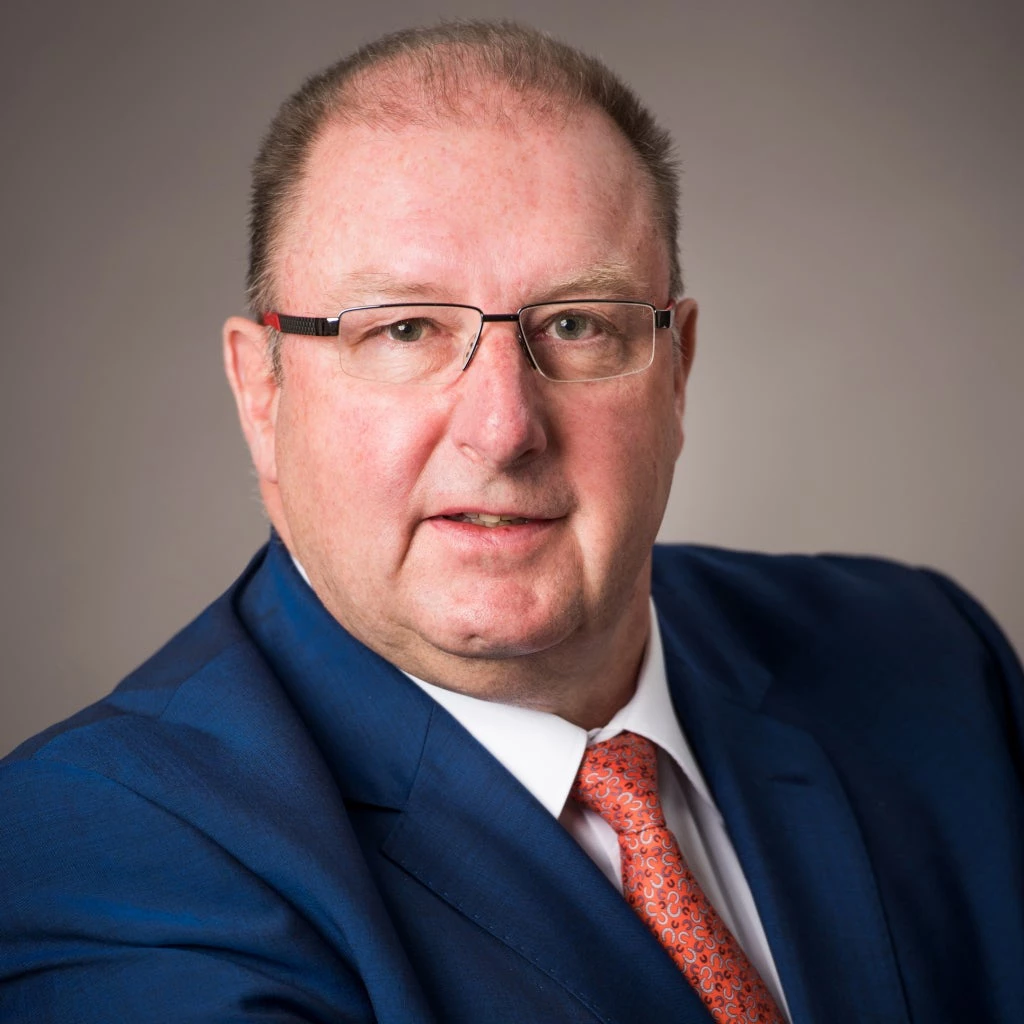
Those following the discussions during the IMF and World Bank Group Annual Meetings held in Washington last week will have noticed that our approach toward international economic development is changing in a major way—and, I believe, for the better.
Saturday’s panel discussion on Maximizing Finance for Development set the context that many in the development community now know well, but bears repeating: It will take not billions, but many trillions of dollars to meet rising aspirations for better infrastructure, health and education. Specifically, we are talking about $4 trillion every year needed to meet the Sustainable Development Goals to which the international community agreed in September 2015.
That’s not to say that the financial resources to meet the Sustainable Development Goals don’t exist. Adrian Orr was clear: “There is a wall of capital…wanting to get invested into long-term infrastructure. Frontier markets, emerging markets, are a fantastic source of opportunity for long-term investors.” He said that the World Bank Group can act as a clearinghouse to marry the supply of private capital and the exploding demand for infrastructure in emerging markets . To leverage longer-term private capital, Bill Winters, CEO of Standard Chartered, pointed out that we will need products and assets to be easily understandable and standardized.
This is a much-anticipated union. In fact, this past summer in Hamburg, G20 finance ministers approved the Principles of Crowding-in Private Sector Finance to give MDBs a common framework for increasing private investment in support of countries’ development objectives.
But how can we do this sustainably and sensibly? This is where, like any union, it can get complicated. First, the policy, regulatory, financial, and market conditions must be right. Processes should be standardized wherever possible; investors should be invited and encouraged to participate in well-developed, bankable infrastructure projects.
From the Bank Group’s perspective, upstream, we can use our tools and resources to help countries create those conditions. This serves the dual purpose of encouraging investment while promoting good governance and adherence to high environmental and social standards.
Once the groundwork is laid for investing, we have several arrows in our quiver and more in development as we work hard and quickly to innovate for development. For example, public-private partnerships can better allocate investment risk between the public and private sectors, paving the way for greater investor participation in infrastructure projects and freeing up public funds for other development purposes. Other important tools are guarantees and credit enhancements that can reduce financial and political risks that would otherwise keep the private sector away.
The good news is these tools already exist, both within the Bank Group and other multilateral development banks. They are tried and tested. The sea-change taking place is simply that we are actively promoting them more heavily to attract more financing for the huge infrastructure and service needs of the developing world.
One lesson that has emerged and was articulated clearly throughout the Annual Meetings is that partnerships matter—for sharing knowledge, resources, and risks. Developmental challenges are too big, and the stakeholders too many, to take any other approach.
Maximizing Finance for Development already has enjoyed traction with client governments, investors, multilateral development banks, and donors. It’s not hard to see why; the need is more apparent than ever before, as are our limitations.
Indeed, during Saturday’s event, President Kagame noted that his country’s partners, including the Bank Group, have been instrumental in helping attract the private sector for reaching Rwanda’s development goals.
He distilled the approach perfectly, saying: “Coming together is going to be the way forward.”
Follow the conversation on Twitter with #fin4dev
Watch: Maximizing Finance for Development event during World Bank & IMF 2017 Annual Meetings
G20 – Principles of MDBs’ strategy for crowding-in Private Sector Finance for growth and sustainable development
Slight bump in half-year private investment in infrastructure: a sign of recovery?


Join the Conversation